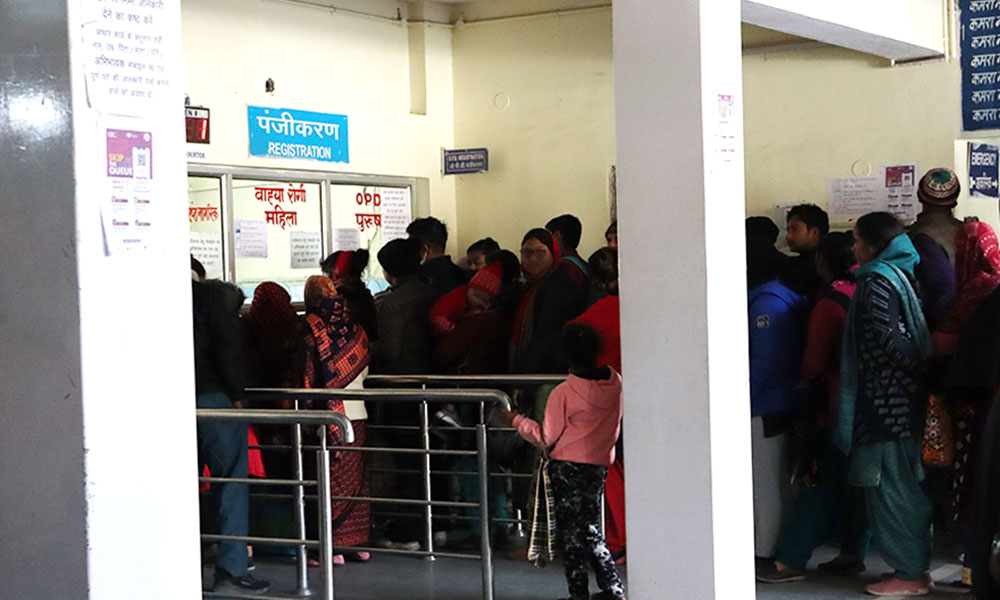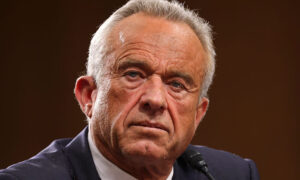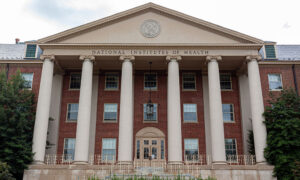Editor’s Note: This op-ed was originally published in MedPage Today on May 19, 2025.
A recent op-ed in MedPage Today — “Would You Rather Get Care in the U.S. or Abroad?” — justly highlights its authors’ experiences receiving medical care in developed nations outside of the U.S. (Hong Kong and the U.K.). They share personal stories of timely, affordable care — in contrast to the encounters many Americans are used to having with our own healthcare system. These perspectives are vital, and we should look to other developed nations for lessons; many healthcare policy studies (rightly) compare the U.S. to benchmarks from the Organization for Economic Co-operation and Developmennt (OECD), a group of 38 of the most developed nations in the world.
Perhaps we can also find lessons, and cautionary tales, from developing countries.
On a recent trip to India, I visited a family member undergoing gastrointestinal surgery at a prestigious private hospital in Delhi. The facilities were nearly indistinguishable from top-tier U.S. hospitals. Yet in many ways, the system’s operations were very different.
To start, this hospital — again, among the most reputable in the country — has a policy whereby patients are not discharged until payment is received in full, whether from the family or insurer. Not only are they not discharged, but their IV lines are not removed until payment is processed. This delay can last for hours, particularly if the patient becomes medically ready for discharge outside standard business hours. Patients are, quite literally, stuck until they pay.
Another policy, equally unfamiliar to American patients, governs elective surgeries. Rather than assigning specific OR slots, the hospital designates weeklong windows during which patients may be called in on short notice — sometimes with only enough time to meet pre-anesthesia requirements. This puts patients in a difficult position: they must remain on standby, even while ill, and be prepared to report for surgery at any time. Families face similar challenges, needing to either take off work for the entire week or risk missing the call.
From a health economics lens, these two policies in tandem make sense: the hospital reduces its accounts receivable time to near zero (compared with a median of 49-52 days for system-affiliated and rural hospitals in the U.S. — a large contributor to many health systems’ financial instability). In exchange, the hospital tolerates a greater average length of stay, which in turn reduces the total volume of patients that can be seen — theoretically reducing potential revenue. However, by having a policy in which patients can be slotted onto the OR calendar at any time, the hospital has 90-100% block utilization — far exceeding 55-60% in the U.S. and increasing potential revenue.
To American patients, a hospital’s financial priorities being so visible — so embedded in care delivery — may seem disconcerting. It certainly took me aback. And yet, this is a hospital where people clamor to be treated. What does that say about what patients value? Can perceptions of clinical excellence override evident financial interests?
I don’t have definitive answers to those questions. Financial interests are present across the U.S. system as well, but we’re typically more discreet about them. It’s almost taboo for facilities to acknowledge profit motives in healthcare. Is ours a better approach? Perhaps. Or maybe it reflects broader cultural differences: in Indian society, physicians still receive a deity-like level of deference.
A few other features of finances permeating the Indian healthcare system stand out. A friend recently told me about his grandmother in Southern India who needs a tumor resection. He said that before she even shared the details of her operation, she first told him which pieces of gold jewelry she is selling to afford the procedure. That story reminded me of my own family’s experience during the pandemic. In April 2021, my grandmother (my “Nani”) in Haryana, India was put on a ventilator with COVID pneumonia. Expecting the impending shortage at hospitals, my family spent night after night conferring with opportunistic black market oxygen tank dealers on WhatsApp. These negotiations were futile, but Nani ended up not needing the oxygen: she died a few days later due to complications from pneumothorax.
Like each of us as people, every nation’s healthcare system must make a fundamental decision about its values. In the U.S., for the most part people who need medical care will receive it. They may face high, sometimes debilitating, always painful medical debt afterwards, but at least they will usually get the care they need. This is not true in India: there, you almost always must have the money upfront — otherwise getting care will be very difficult (there are government hospitals where free care is provided, but these often do not have advanced sub-specialty coverage and subject patients to long wait times).
Each of us can weigh these trade-offs differently. But for me, that contrast makes me appreciate the American healthcare system — flawed though it may be — a bit more than I did before.
Manav Midha is an MD candidate at the Icahn School of Medicine at Mount Sinai, a predoctoral researcher at the USC Schaeffer Center for Health Policy & Economics, and a former healthcare consultant with McKinsey & Company. He lives in New York City.




